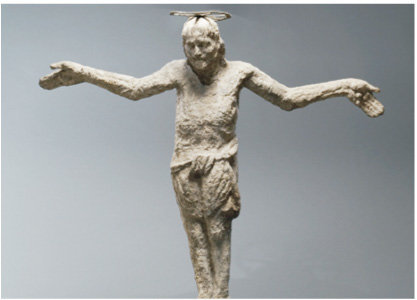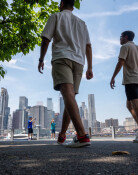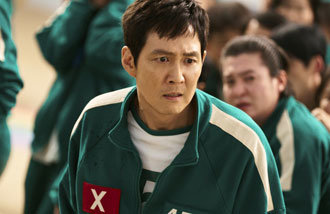A crucifix without a cross
A crucifix without a cross
Posted November. 02, 2022 08:01,
Updated November. 02, 2022 08:01

Some artworks convey a sense of sadness just by the subject matter they deal with. And they become even more sorrowful once the background of their creation is revealed. Terracotta sculptor Kwon Jin-gyu’s “Christ on the Cross” is one such artwork. It depicts Jesus Christ, who was sentenced to death by crucifixion at 33. The sculptor magnifies the sorrow by creating the image of Jesus with hemp cloth and dry lacquer technique. The rough and brittle texture of the hemp cloth reflects the pain and agony of Jesus Christ on the cross.
“A church commissioned Christ on the Cross.” However, the church commissioned the work must have wanted a more sophisticated statute. Distorted in pain, miserable, and somewhat ordinary-looking Jesus was certainly not what the church had expected. It refused to take the statute, which manifested the quality of humans rather than the sacredness and holiness of God. We would not have been much different from the church. Like the church that refused to take the statute, we are obsessed with outward appearance. Kwon is appraised as a great modern sculptor now, but had we been in the church’s position back then, we would have ignored and disapproved of his artwork, just as the art critics at the time did.
Devastated by the cold shoulder for the artwork, the sculptor took off the cross from the artwork and hung it on the wall of his studio. It was hung that way until the sculptor passed away three years later. This is why there is no cross for the “Christ on the Cross.” Yet the absence of the cross reminds one more strongly of the cross. The invisibility of the cross makes one think more about it.
In 1970, three years before the sculptor ended his own life, Kwon created this sculpture at 48. He tried to recreate the last moment of Jesus by using the dry lacquer technique. He wanted to express Jesus in deep, crushing pain. Only recently do people pay attention to the crude and unpolished appearance of Jesus after long years of turning a blind eye. The “Christ on the Cross” has awaited us for all those years, with his long arms stretched, as though he would try to embrace us today in pain and sadness.







